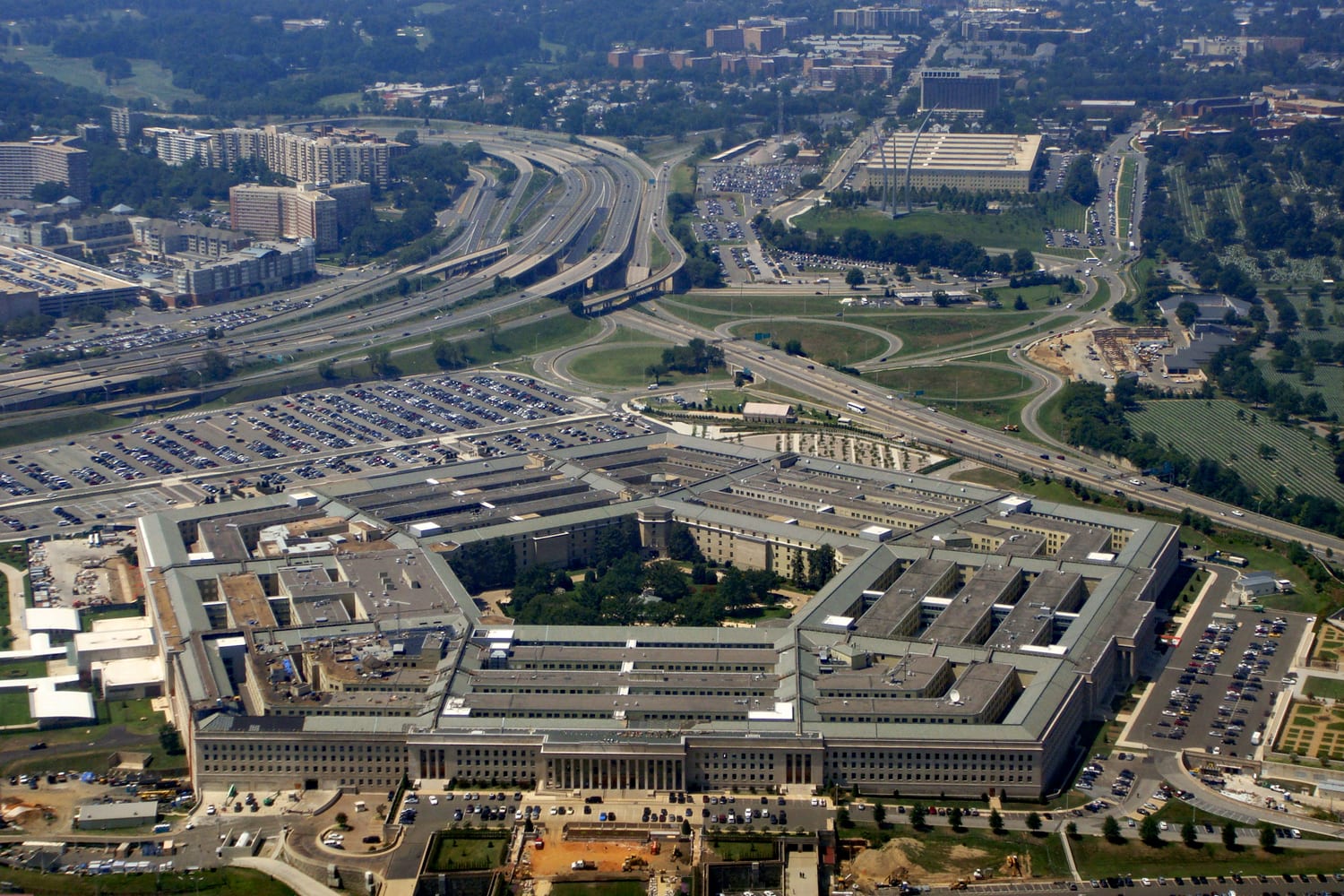
Pentagon Must Demand Competition in Missile Defense Procurement
David Williams
November 23, 2020
This article was originally published in RealClearDefense on November 23, 2020.
America is on track to have another multi-trillion-dollar deficit next year, and profligate waste in the Defense budget certainly won’t help matters. The House and Senate are busy reconciling a package of nearly $700 billion in military spending, even as the U.S. supposedly tries drawing down its troop presence abroad. As our debt-plagued country struggles to respond to saber rattling by belligerent regimes such as North Korea, Pentagon leaders are mulling the best way to safeguard the homeland without resorting to reckless invasions and occupations.
Currently, the decision that needs to be made by members of Congress is which program, the Next-Generation Interceptor (NGI) or the Ground-Based Interceptor (GBI), is best suited to protect the country and taxpayers. Even though the Taxpayers Protection Alliance doesn’t have expertise in weapons systems, we do have expertise in evaluating how taxpayer dollars are spent, and funding both a GBI upgrade and NGI deployment is not viable.
Even though the GMD program is still technically mission capable, it is more than 20 years old and was very much rushed to production. Despite tens of billions of dollars of taxpayer dollars, it has been a system plagued with performance issues and cost overruns. Attempts to upgrade the system over the last two decades have produced mixed results, at best. The program was contracted out on a sole source basis, meaning there was no competition, therefore no incentive to innovate and meaningfully update the weapons system.
By 2025, the U.S. will have spent more than $60 billion acquiring the GMD system to keep America secure from limited intermediate and intercontinental ballistic missile attacks. But for all this “investment,” the Government Accountability Office (GAO) found in 2020 that contractors working on the system are not adequately addressing technical risks nor testing for design and performance issues. Further, Missile Defense Agency director Vice Admiral Jon Hill recently told Congress that the system must be evolved to deal with future threats, noting that “MDA delivered the existing fleet of GBIs based on the known and projected threat at that time.”
In response, the military has been working diligently on an alternative program, announcing the start of the development of NGI in August 2019. While the program will need to be strictly monitored to guard against cost overruns and performance issues, NGI’s promised high-performance surface-to-air interceptor and bolstered capability will make the program a significant improvement over the status quo, especially when considering the need to deal with future threats. Fewer data performance issues and resulting gaps in national defense are critical to getting military spending under control and eliminating programs that don’t protect America.
Continuing with incremental upgrades to the current fleet of GBIs would be akin to continuing to fix a 1990’s style flip phone when the Pentagon has access to a smartphone. Additionally, MDA should be applauded for demanding competition through the NGI development process, as Adm. Hill stated, “using competitive pressure to incentivize performance and schedule.”
Remaining with the GMD – and slightly modifying the existing interceptor – would mean eschewing a competitive bidding process for the antiquated status quo of a sole-source procurement. By mandating competitive bidding throughout the NGI program’s development process, the Pentagon can finally move away from the unwelcome, costly proliferation of no-bid and single-source contracting.
The national debt is not only a drag on economic growth but the number one threat to national security. Lawmakers can and must eliminate this threat by diverting needless Pentagon spending toward core programs that will actually protect America and not one company.
